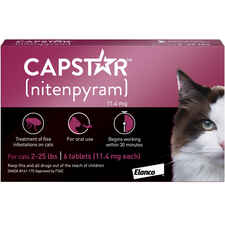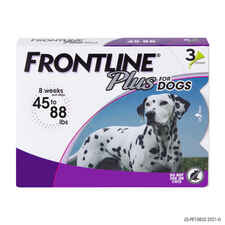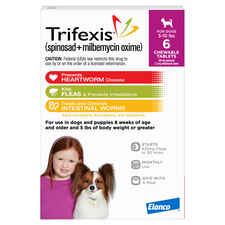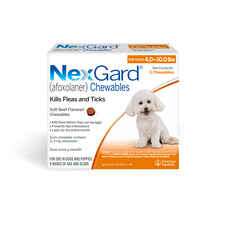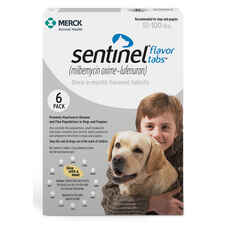When Flea Preventatives Fail
Doctor of Veterinary Medicine

While efforts are made to answer all questions as quickly as possible, if an immediate answer is required or if your pet is in need of urgent or emergency care, contact your pet's veterinarian immediately.
Doctor of Veterinary Medicine

You will receive an answer from Dr. Lindsay and our vet/tech team as soon as possible, usually the same day.
All answers are provided for informational or educational purposes only, and are intended to be a supplement to, and not a substitute for, the expertise and professional judgment of your pet's veterinarian.
It may be necessary to consult your pet's veterinarian regarding the applicability of any opinions or recommendations with respect to your pet's symptoms or medical condition.
CloseDoctor of Veterinary Medicine

An error has occurred, please reload the page and try again.
CloseWhile efforts are made to answer all questions as quickly as possible, if an immediate answer is required or if your pet is in need of urgent or emergency care, contact your pet's veterinarian immediately.
There is no answer related to your question
You're frustrated. You've bought your pet's flea medications, but your pet still has fleas! It's possible your flea preventative didn't work for the following reasons:
All pets in the house were not treated with flea preventatives
- Fleas will undoubtedly attack all animals in the house.
- Use a topical flea spray to immediately kill fleas, or consider Capstar which quickly works to kill adult fleas.
Your home and yard were not treated to kill fleas
- Use a fogger, spray, or powder to treat furniture, carpet, and hard to reach areas inside the home.
- Use a yard spray to treat outdoor areas.
- Wash all pet bedding and blankets.
- Vacuum all flooring.
Pet's skin is too dry
- When using topical flea preventatives, adding a fatty acid supplement with Omega 3 may help improve your pet's skin health by restoring its softness and flexibility.
- Healthy skin helps flea medication easily spread throughout the skin and increases effectiveness.
Topical flea preventative wasn't properly applied to pet's skin
- Do not put topical flea preventatives on your pet's coat hair because this does not allow the medication to work through the skin.
- Make sure you apply the medication to the skin on your pet's back in between the shoulder blades.
- New flea preventatives are moving away from topical application and can instead be administered orally. It's less mess with improved effectiveness! Learn more about the benefits of oral flea preventatives.
To avoid skin irritation, do not rub the flea preventative solution into your pet's skin or hair.
 Swipe
Swipe


















